Phytolacca lakonos, cultivation rules, care, application features, contraindications
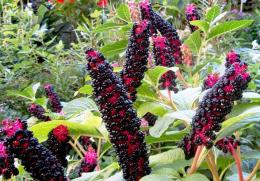
Among the many types of houseplants, there are many completely unique and even strange ones.
A special place among these amazing flowers is occupied by Phytolacca laconosa, which is considered at the same time a beautiful, edible, medicinal and poisonous flower.
Content:
- Phytolacca lakonos, description and photo of the plant
- How to plant and grow
- Is Phytolacca edible?
- Lakonos as a medicinal plant, use in the treatment of cancer, reviews
- How is Lakonoss used in homeopathy?
- Contraindications for use
- How is Laconosa ointment used?
- How to take Lakonos for weight loss
Phytolacca lakonos, description and photo of the plant
Phytolacca is a herbaceous plant that is distinguished by a large number of beneficial substances contained in the root. It is because of this that it is also known as the “mighty American root.”

Other features include:
- It can reach three meters in height;
- Differs in frost resistance;
- Grows well in damp areas;
- The stems are branched and thick, distinguished by a red tint;
- The leaves are oblong, pointed upward, located on short petioles;
- The inflorescences are small, collected in dense brushes. The color is initially white, but gradually changes to burgundy.
Phytolacca's most notable bloom begins in early summer and lasts until early fall.By August, dark shiny berries appear, which raise so much controversy around this plant.
How to plant and grow
A particularly important point to pay attention to when planting phytolacca is soil fertility. If there are not enough nutrients in the soil, the leaves of the flower will be small and the bush will be small.
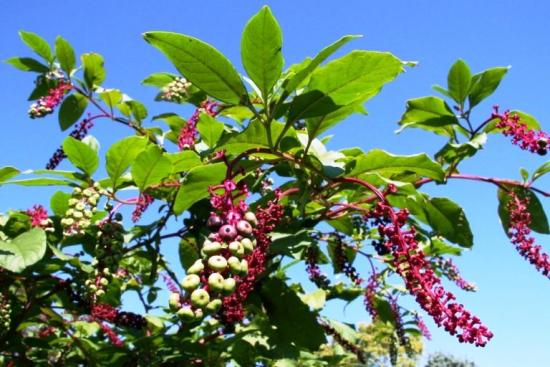
Other features that you should pay attention to when growing and caring for laccones include:
- The most favorable soil type is loamy with low acidity;
- Lighting is not important, but in a bright area the flower bears fruit earlier and more abundantly;
- When planting young seedlings, it is important to choose areas protected from drafts;
- It is recommended to plant in the spring, in pre-prepared wide and deep holes. The distance between holes must be at least two meters;
- When planting seedlings, it is important not to damage the root;
- After planting, it is important to ensure abundant and regular watering; this is not a drought-resistant plant;
- At the end of autumn, it is recommended to cut off the entire above-ground part;
- In areas with severe frosts, it is important not to forget about mulching.
Phytolacca is not a capricious plant; it is quite easy to grow. However, you should not forget about some features, such as regular watering.
Let's watch an interesting video about Phytolacca laconosa:
Is Phytolacca edible?
As soon as they see the juicy lacconium berries, many people wonder whether they can be eaten. But there is still no clear answer to this question. So some gardeners claim that it is possible, but in small quantities and for therapeutic purposes. Others rightly point out that everything parts of the flower are poisonous and you can’t eat its berries.
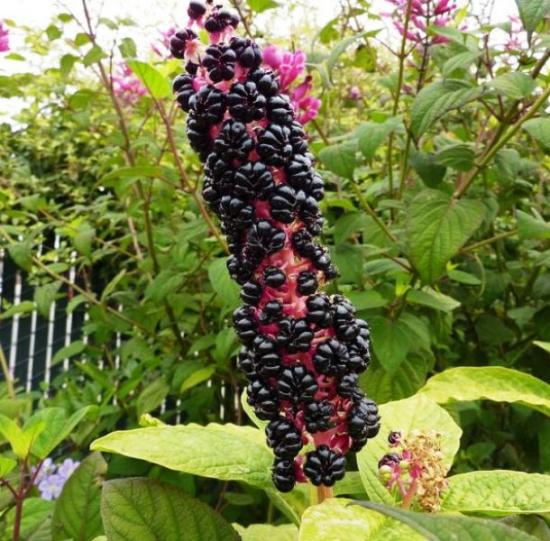
And both sides are right.Wild milkweeds are indeed very dangerous plants, but cultivated species mostly lose their toxicity, and its residues are completely eliminated during fermentation or heat treatment.
However, eating berries even from cultivated species by the handful is not worth it. Two or three berries a day are enough.
In a broad sense, it is difficult to call this plant edible, since it is impossible to compare the safe amount of these berries for consumption with raspberries or currants. However, you can still eat them in small quantities.
Lakonos as a medicinal plant, use in the treatment of cancer, reviews
The richness of the chemical composition of this plant has led to its widespread use in alternative medicine.
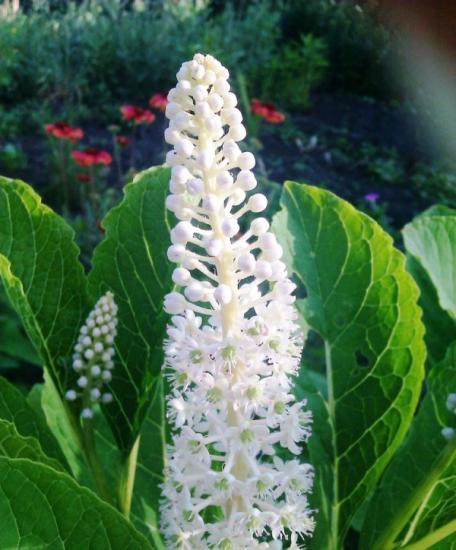
Thus, thanks to its cleansing, analgesic and immunostimulating effect, it is used as an adjuvant in the treatment of cancer.
Of course, this is not a panacea and you can take tinctures and decoctions of Lakonosa only after consultation with a doctor and inextricably with the main course of treatment. Only in this case did users notice an improvement in their condition.
Let's watch a video about the medicinal properties of Lakonos:
How is Lakonoss used in homeopathy?
The medicinal properties of the plant have also been noted in homeopathy. Thus, the popular homeopathic remedy “Phytolacca” is made from fresh raw materials and is recommended for pharyngitis, fever, rheumatism, sore throat, and migraines.

The effect of homeopathic preparations based on Lakonosa stabilizes the functioning of the musculoskeletal and lymphatic systems. In addition, medications have a general calming and strengthening effect on the body.
Contraindications for use
Even taking into account the richness of the plant’s composition, not everyone can use it.
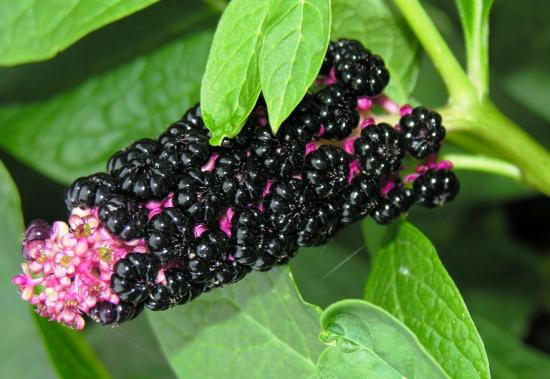
The use of Lakonos is contraindicated for:
- Under the age of eighteen;
- Pregnancy;
- Lactation period;
- Allergies.
However, even if these problems do not exist, you can take this plant for therapy only after the prior recommendation of a doctor.
How is Laconosa ointment used?
An ointment based on this flower is used to treat scaly lichen, ulcers, joint inflammation, scabies and skin pathologies.
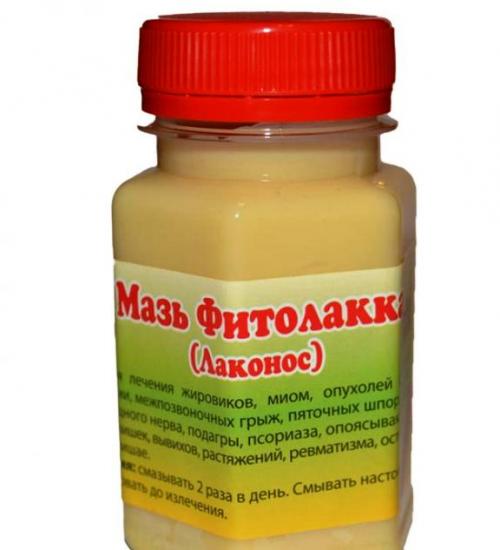
However, before applying the ointment to the affected areas, it is recommended to check whether the patient has allergies. To do this, just apply the ointment to the bend of your elbow. If a rash or redness appears after this, it is not recommended to use the ointment.
How to take Lakonos for weight loss
Property phytolacca activate the metabolic process, and thus accelerate the removal of toxins from the body, making it a popular means of losing weight. Only plump people and in small quantities can take Lakonos for weight loss.
So at a time you can consume part of the dried root, no larger than the nail of your index finger. It needs to be ground and mixed in water. Drink a quarter of an hour before meals.
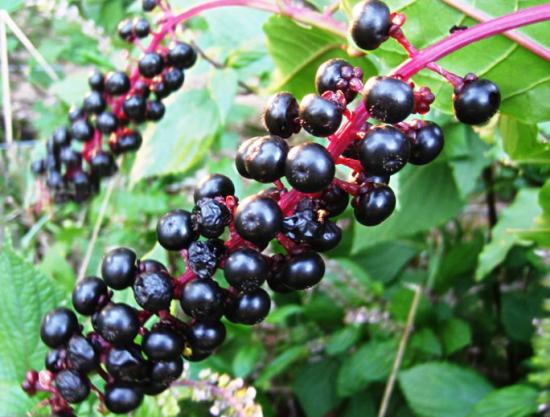
This method of losing weight is prohibited for people suffering from anorexia and teenagers. It may be dangerous.
Phytolacca lakonos is a rather interesting plant, full of contradictions. At the same time poisonous, useful, edible, and simply beautiful, it will decorate any garden.


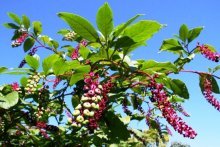
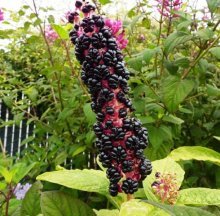

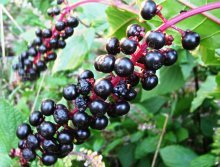
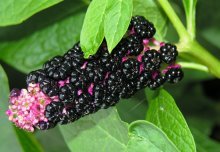
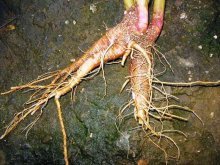
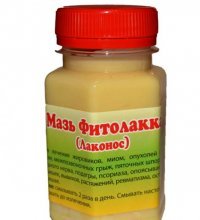
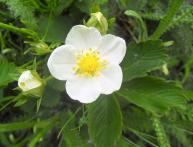
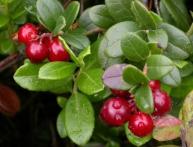
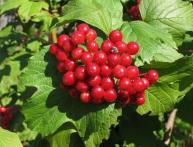
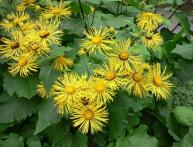
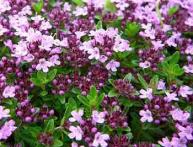
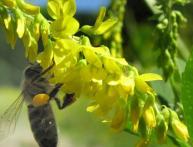
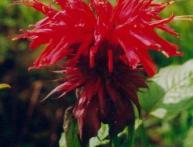
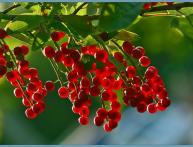
Comments
I think that there is no need to take it orally, perhaps the ointment from this plant is really good and very useful. If the fruits were so healthy, they would be sold like raspberries.
I would also not experiment with eating the ground root or berries of this plant. For external use, for the treatment of joints, for example.Ointment too, needs to be applied in a thin layer.